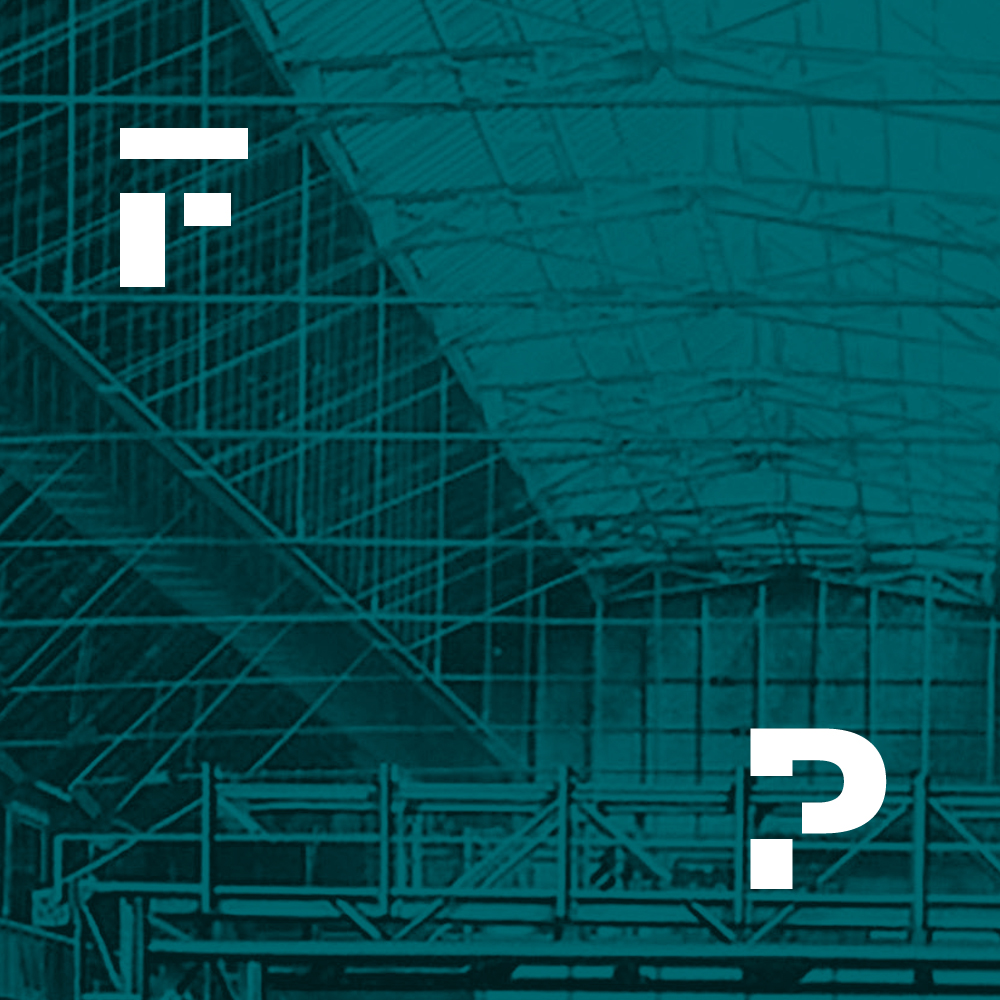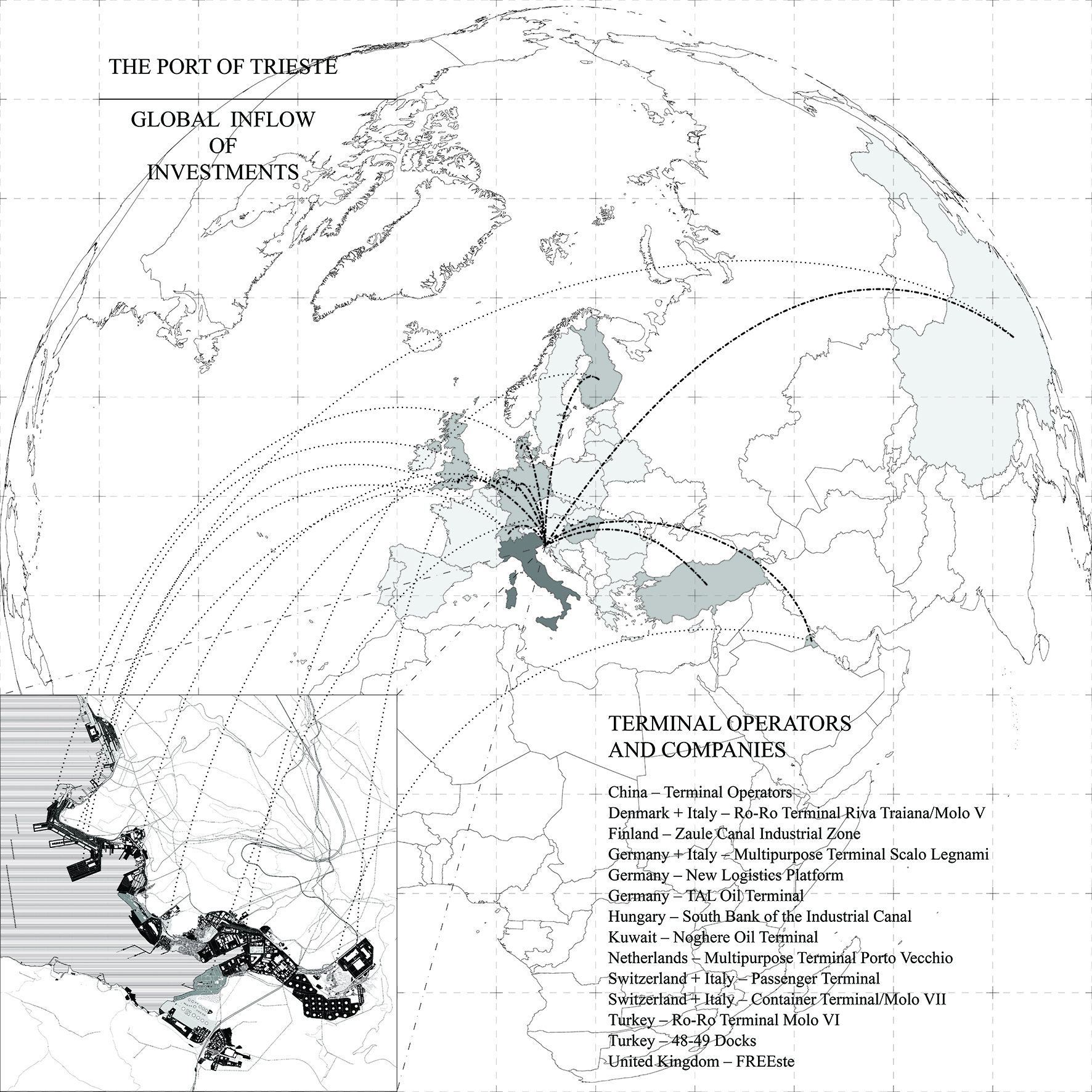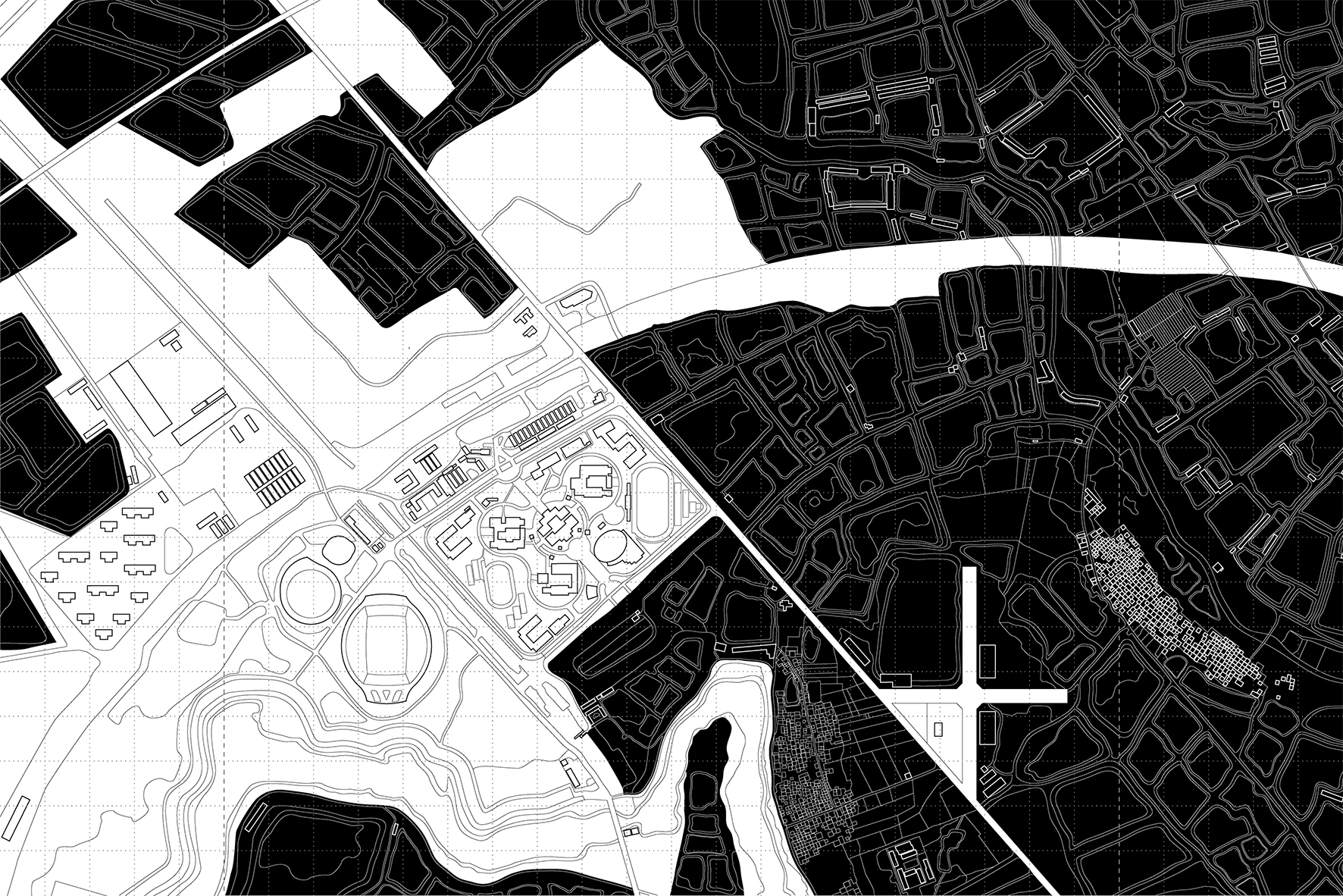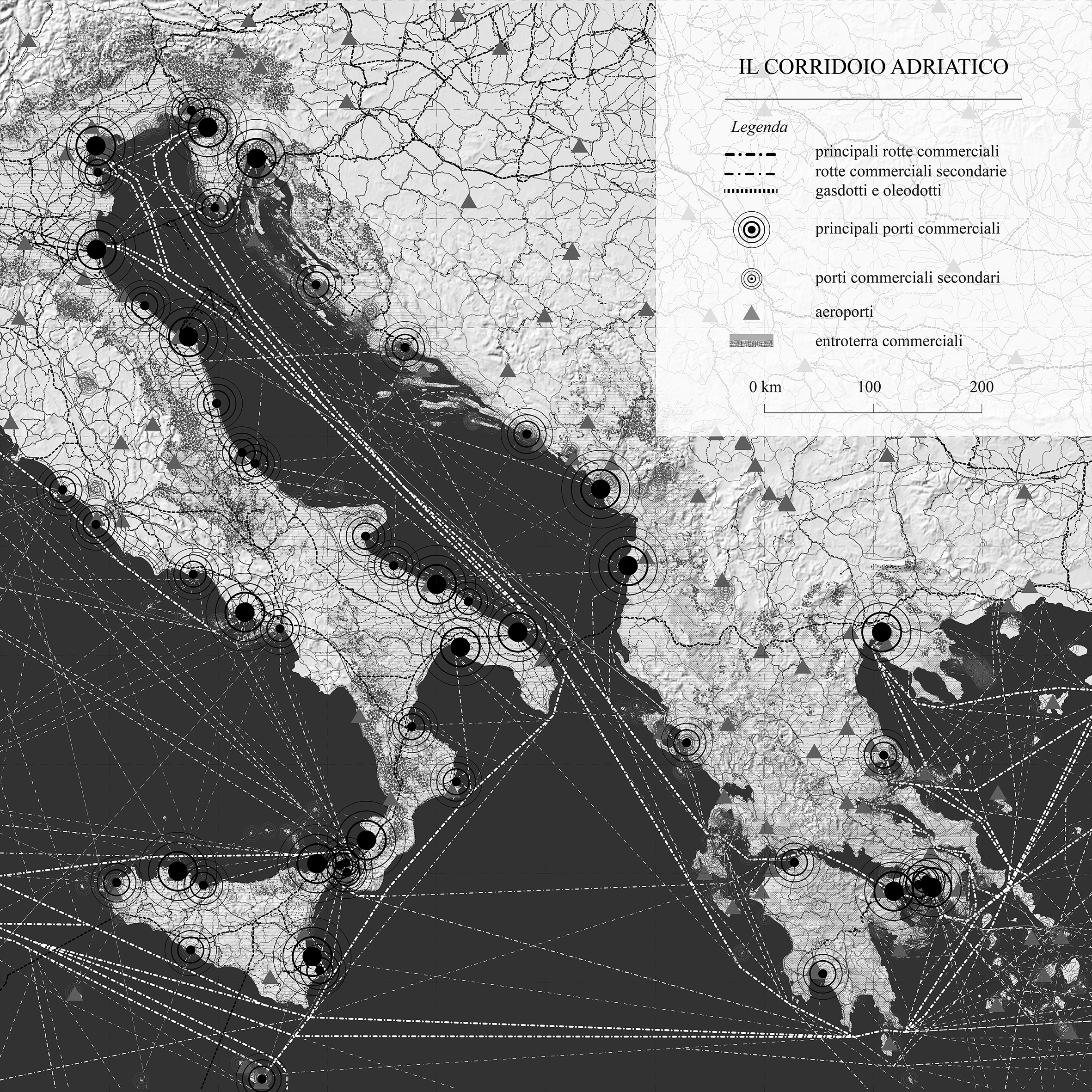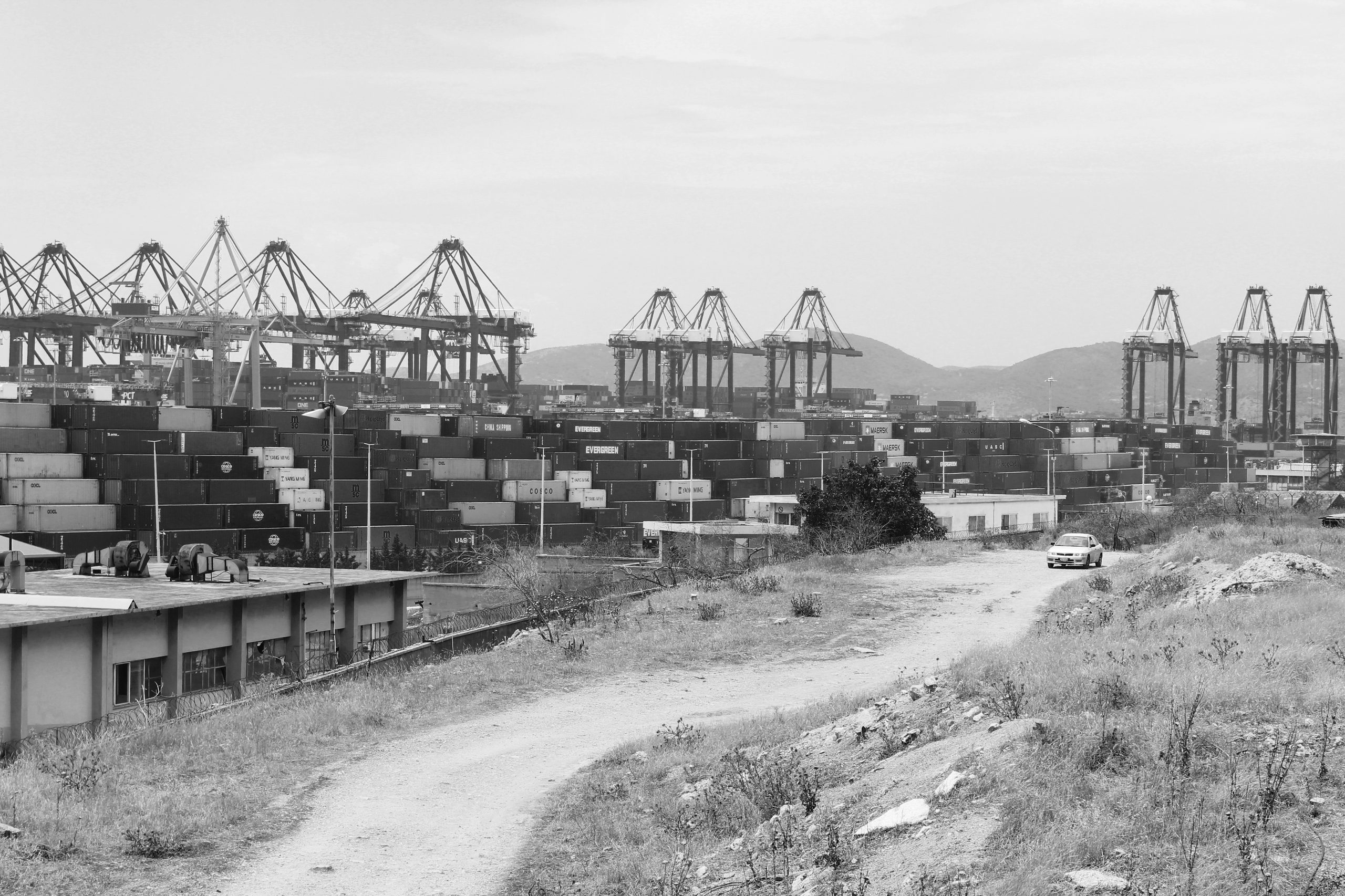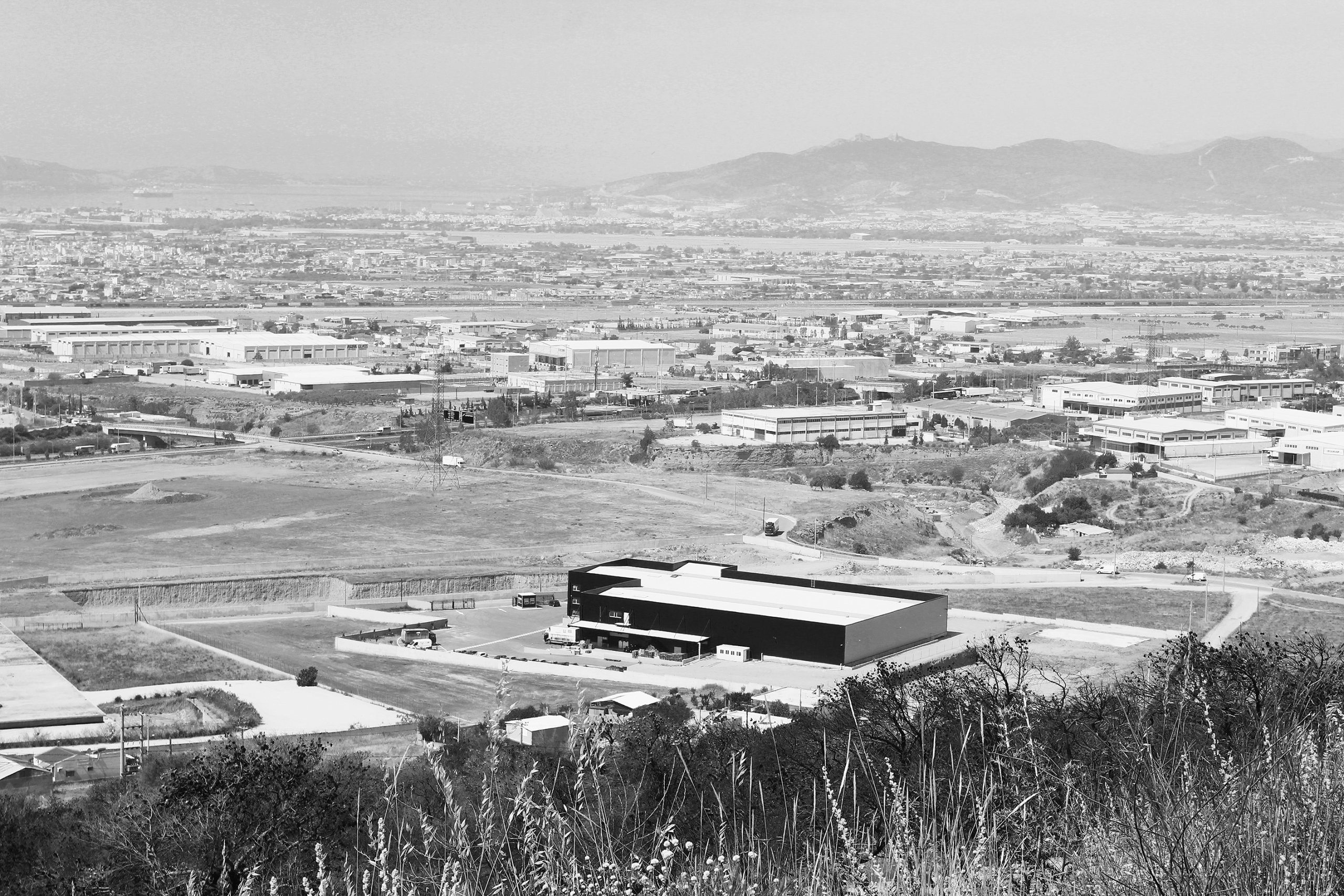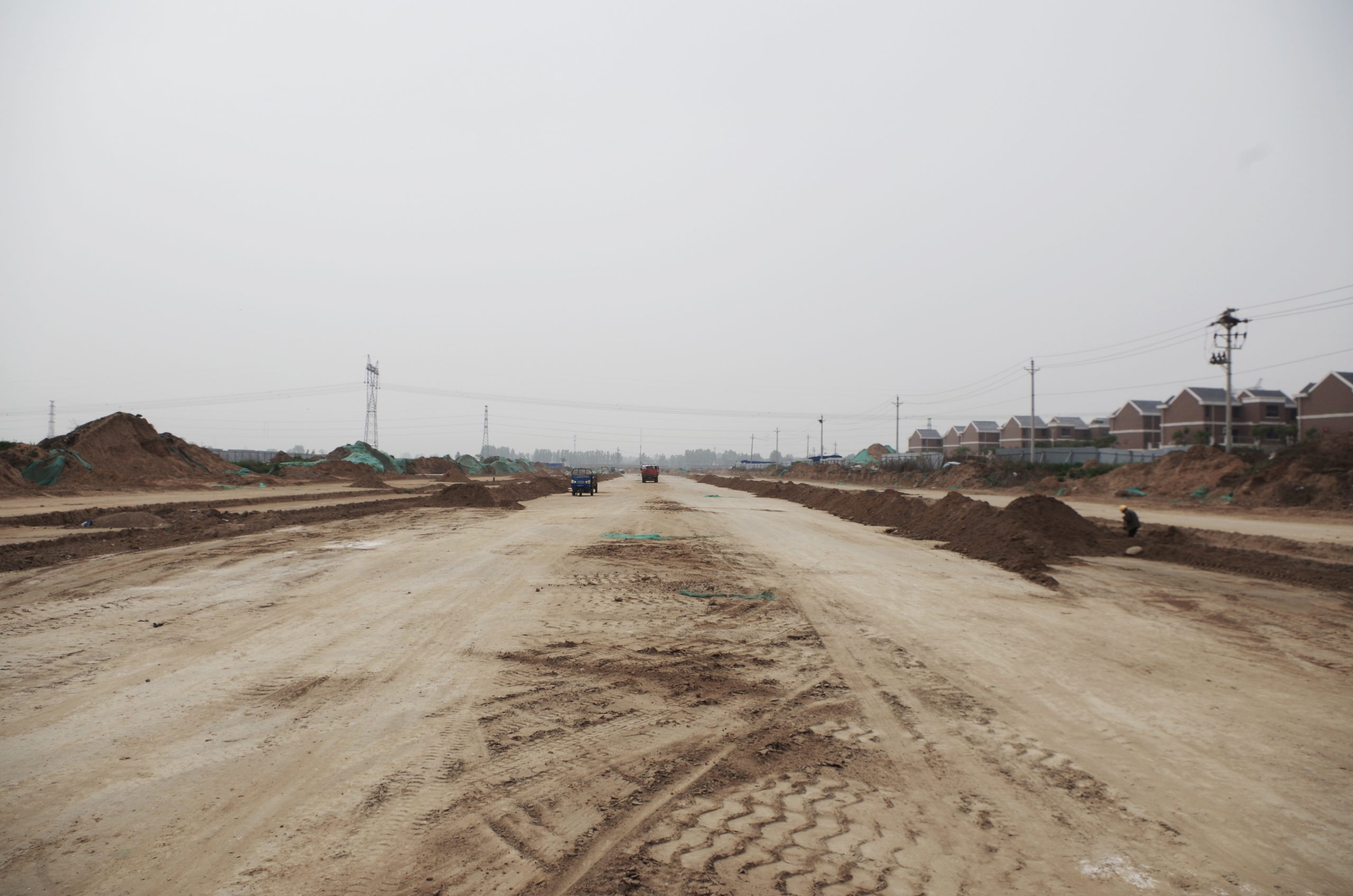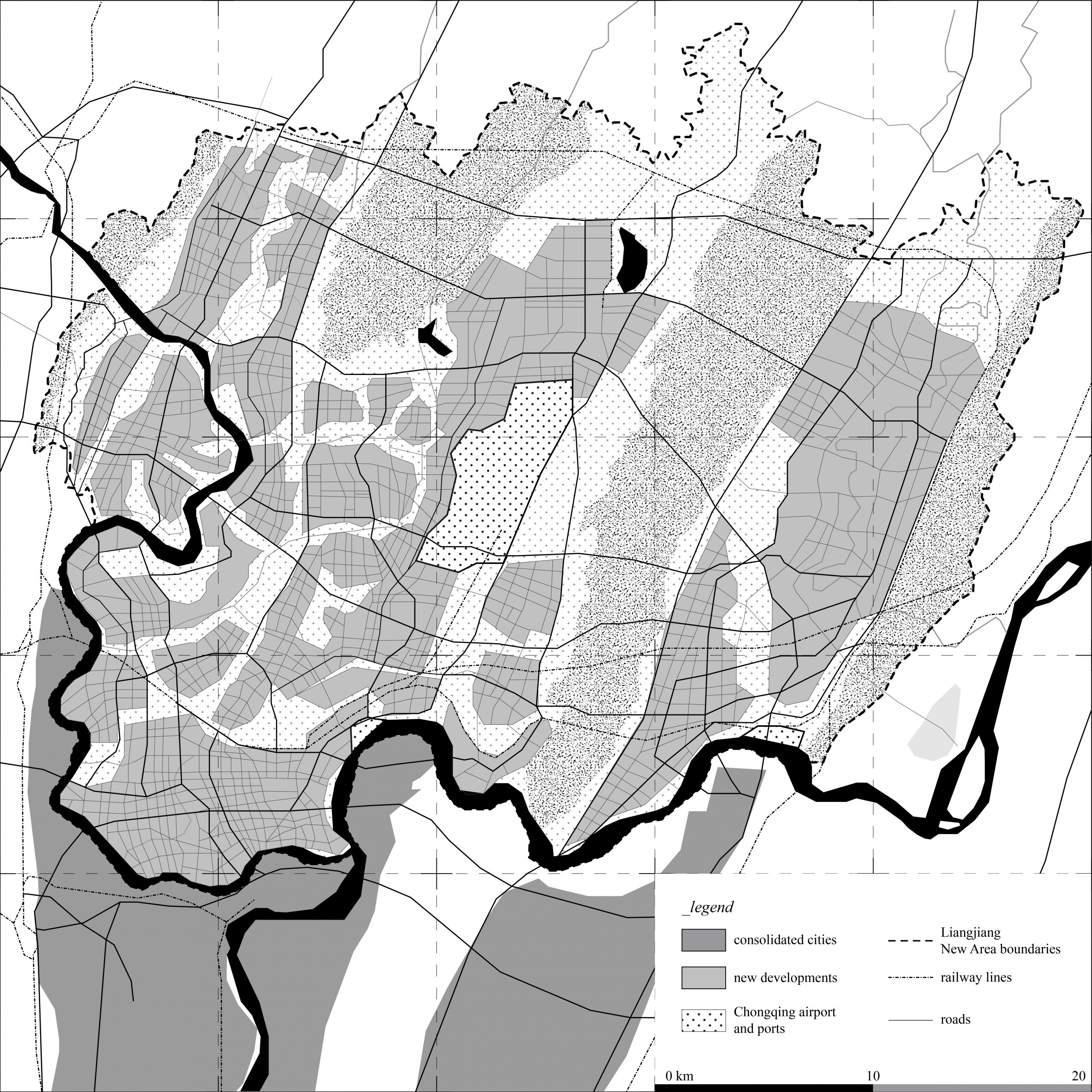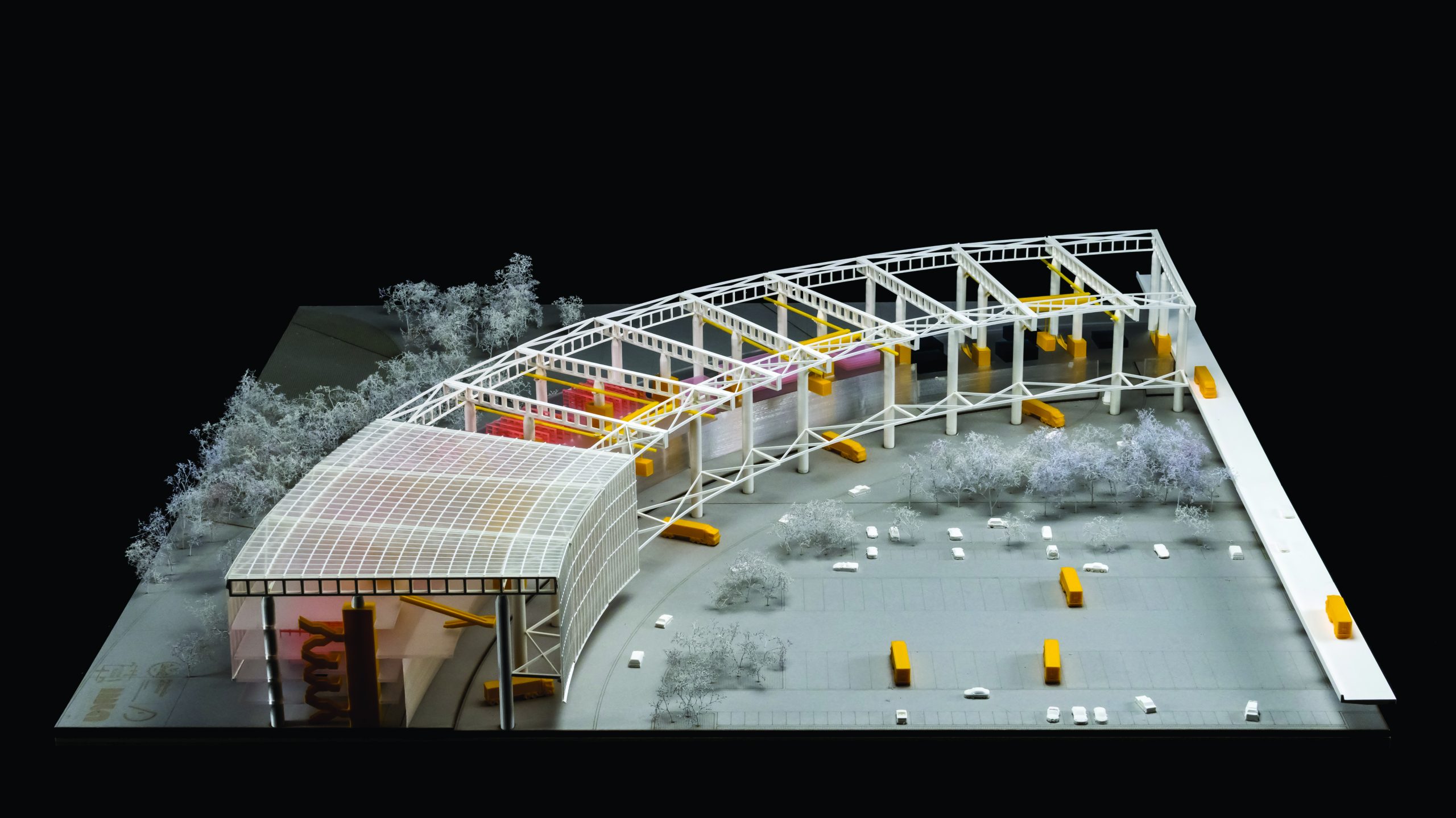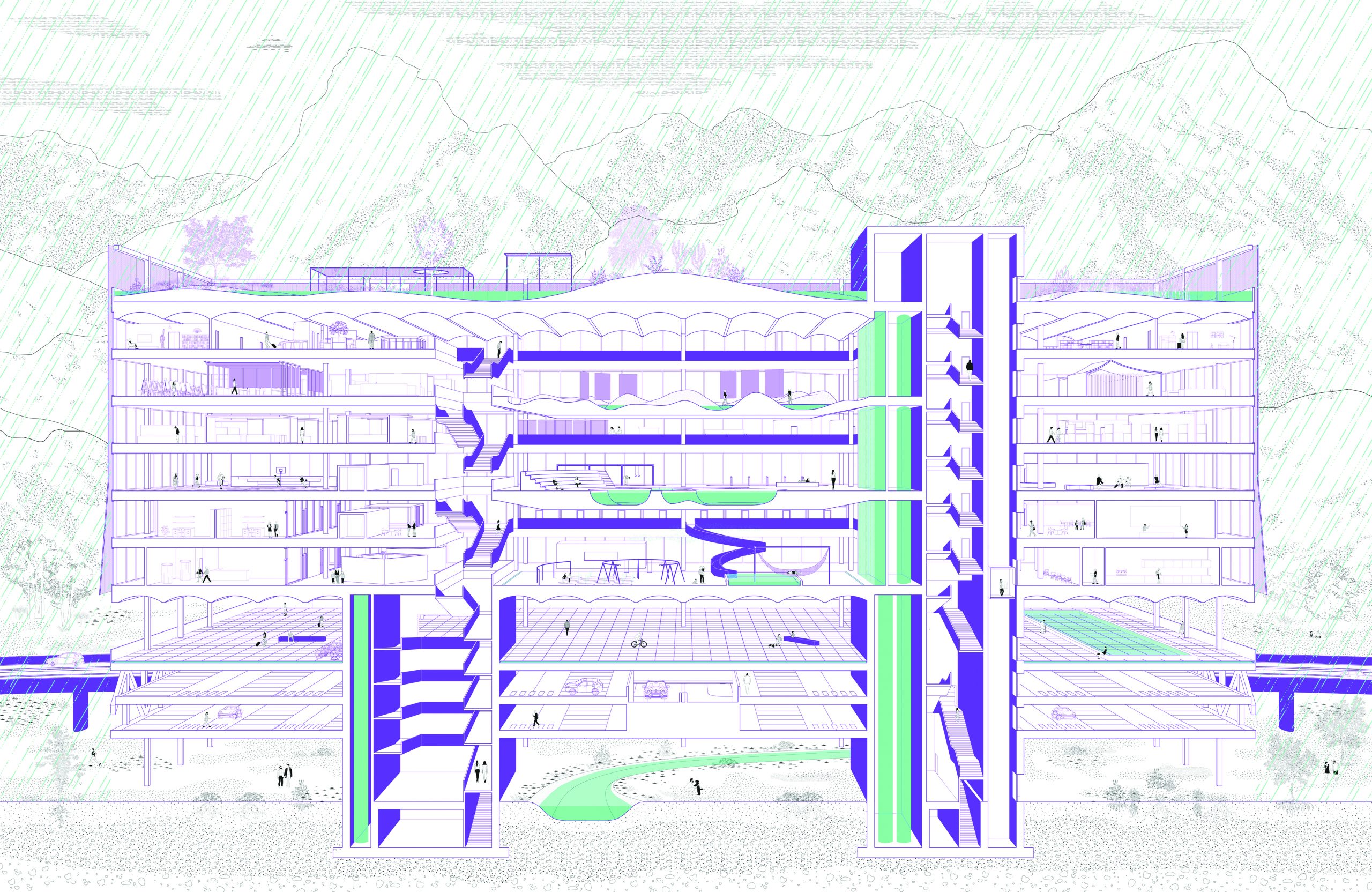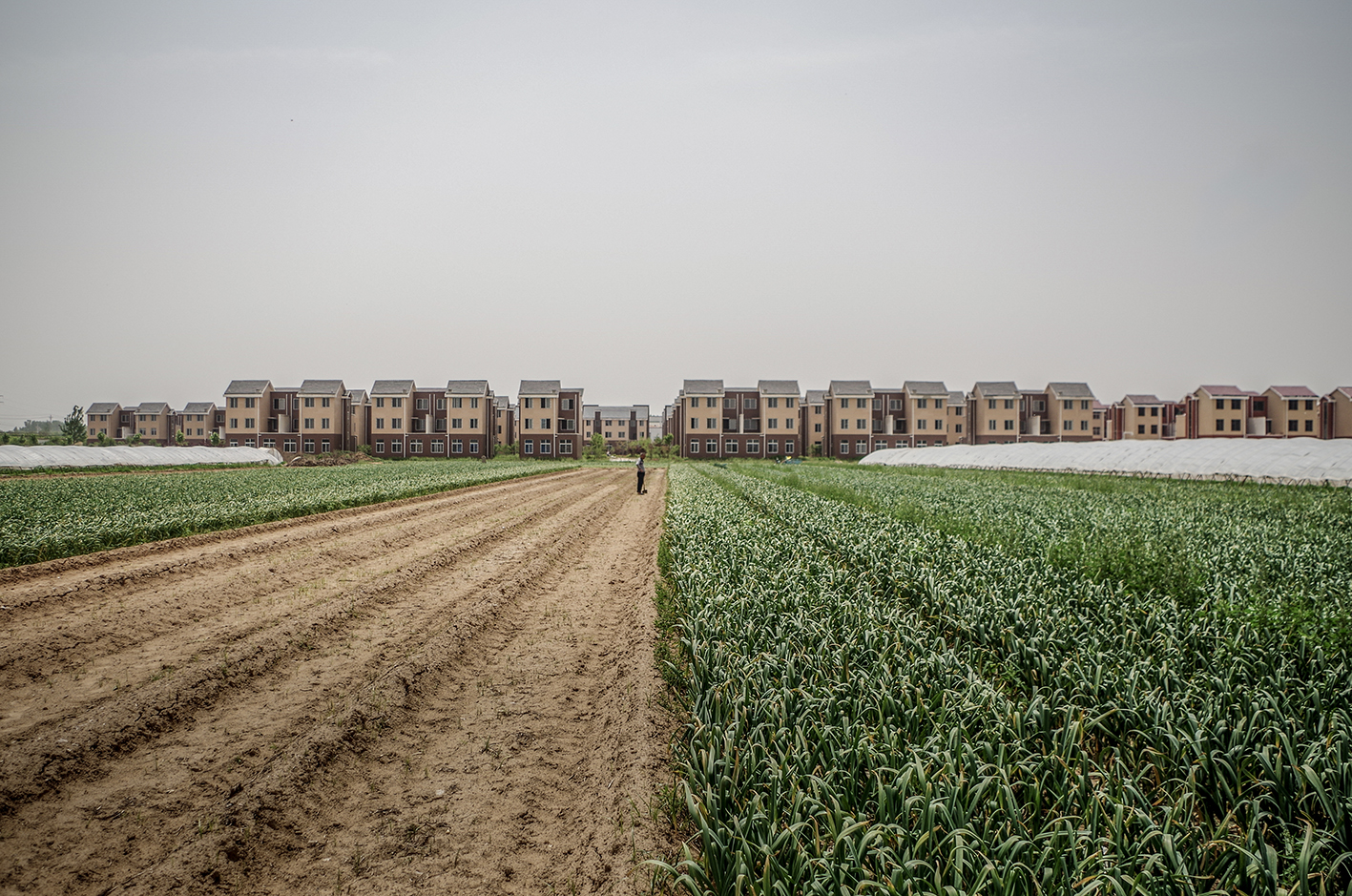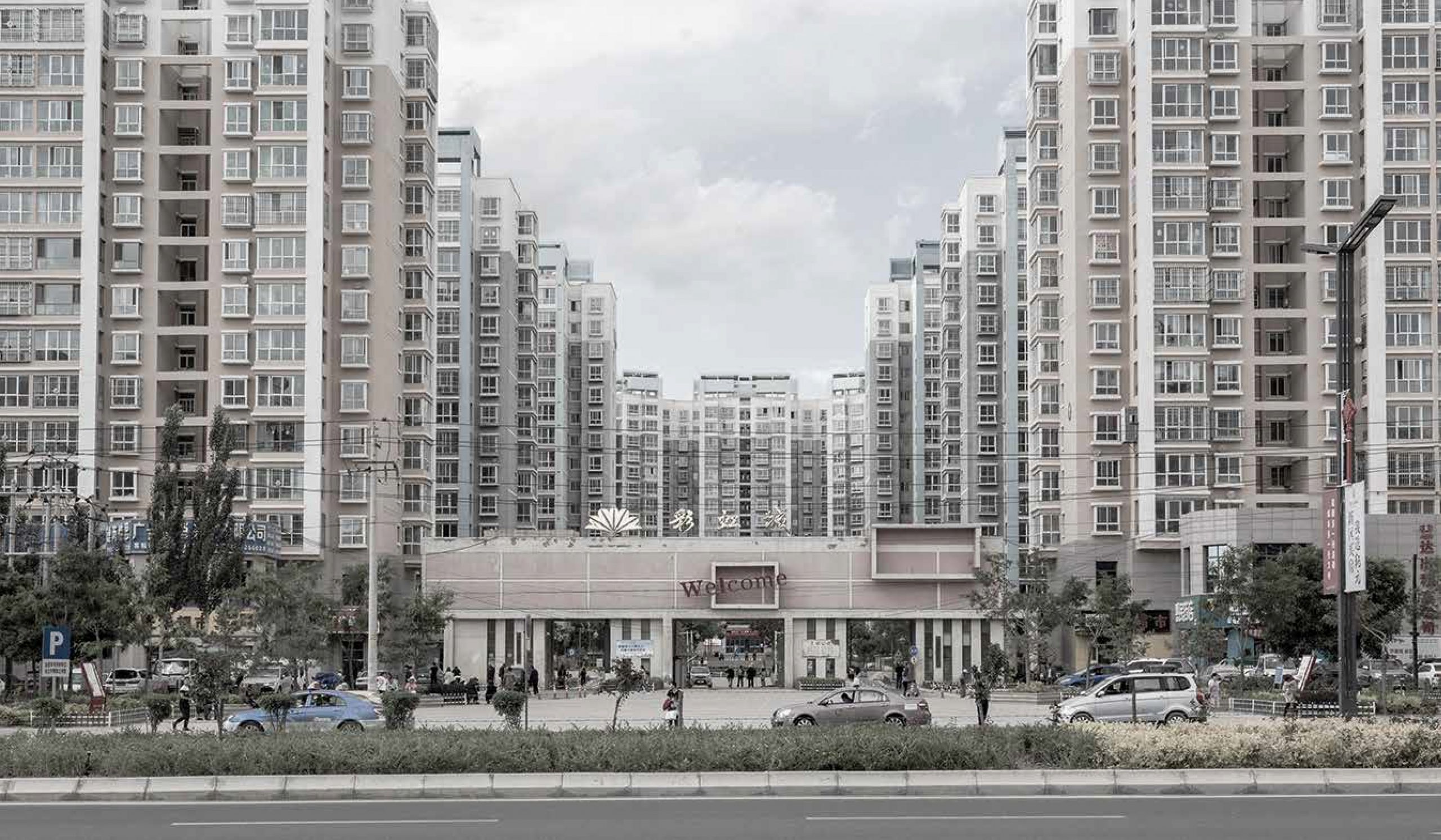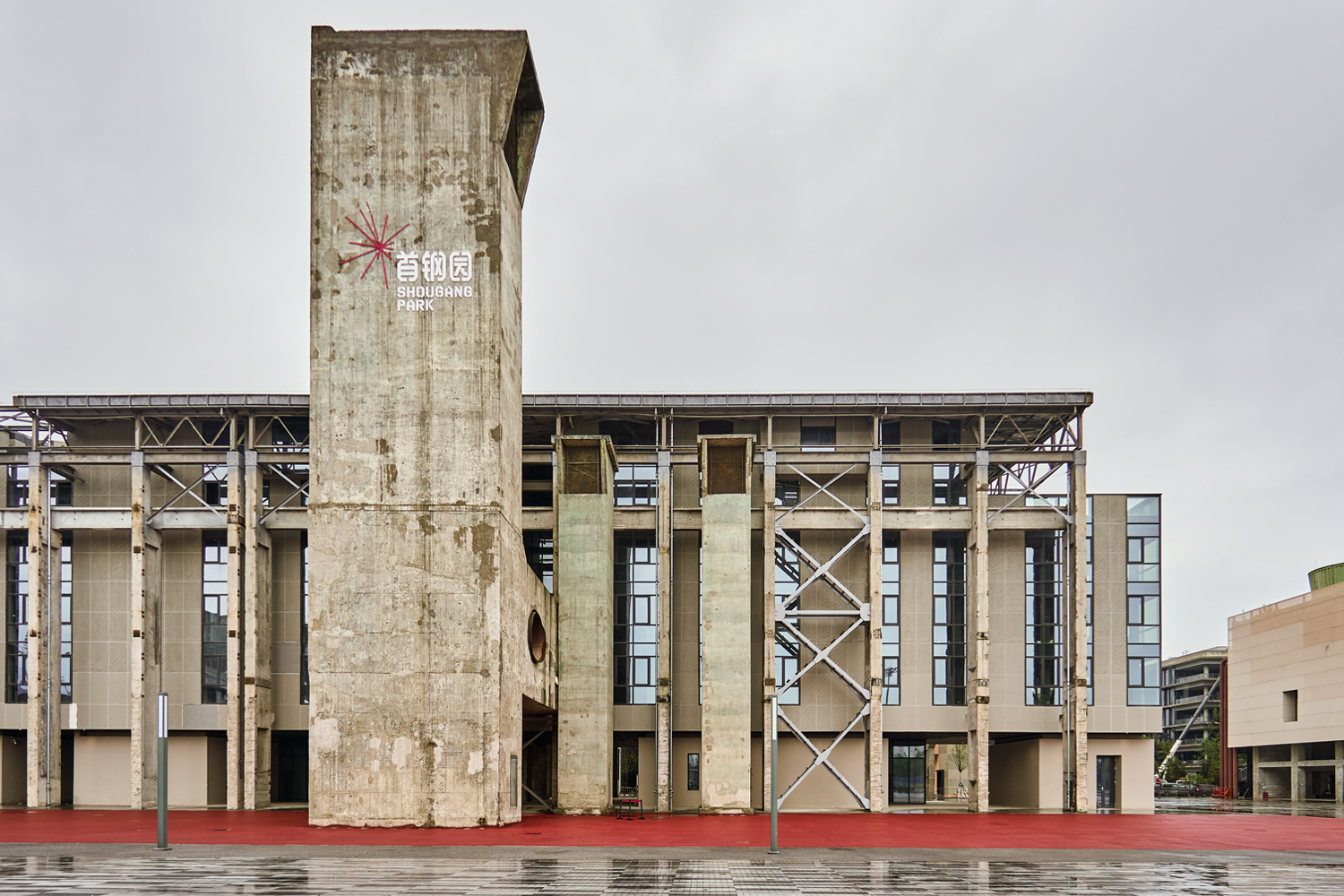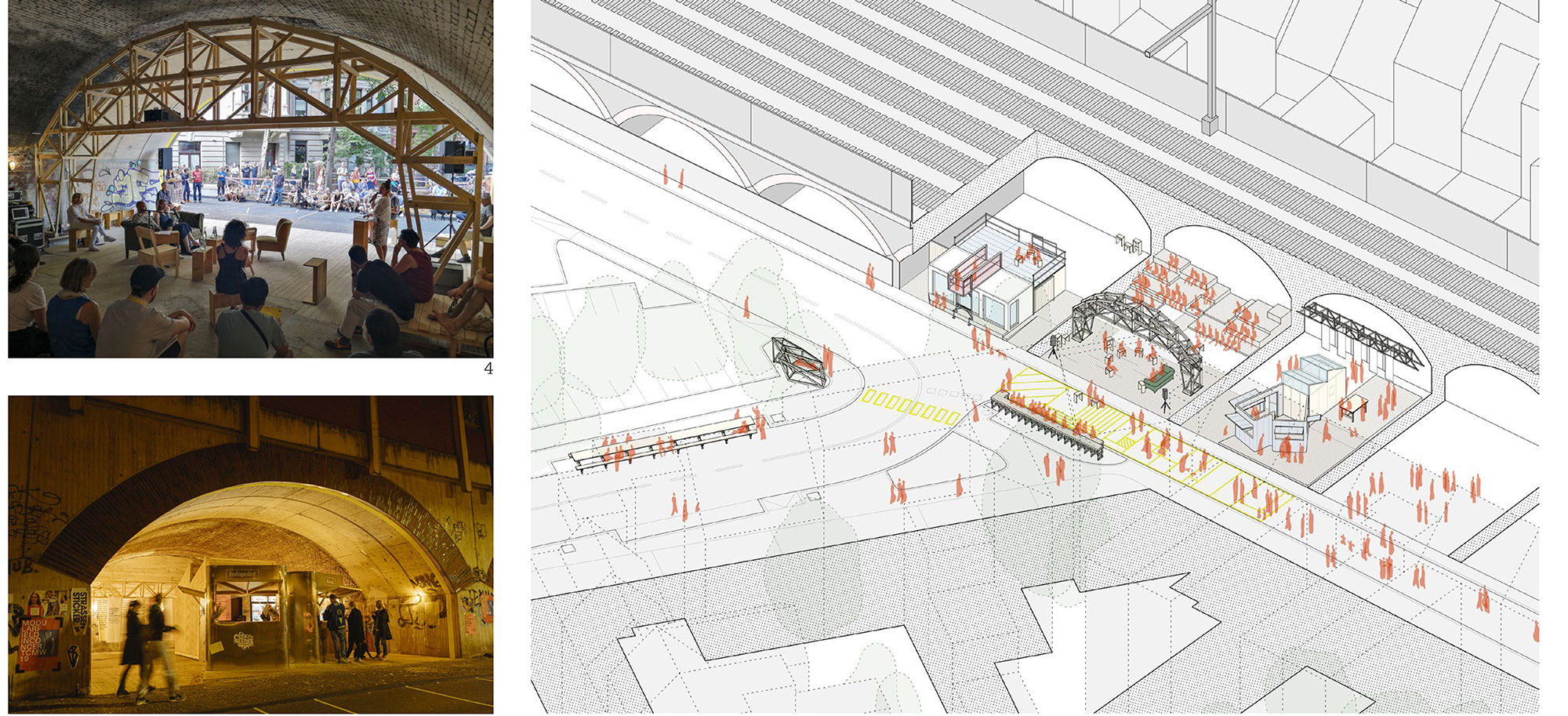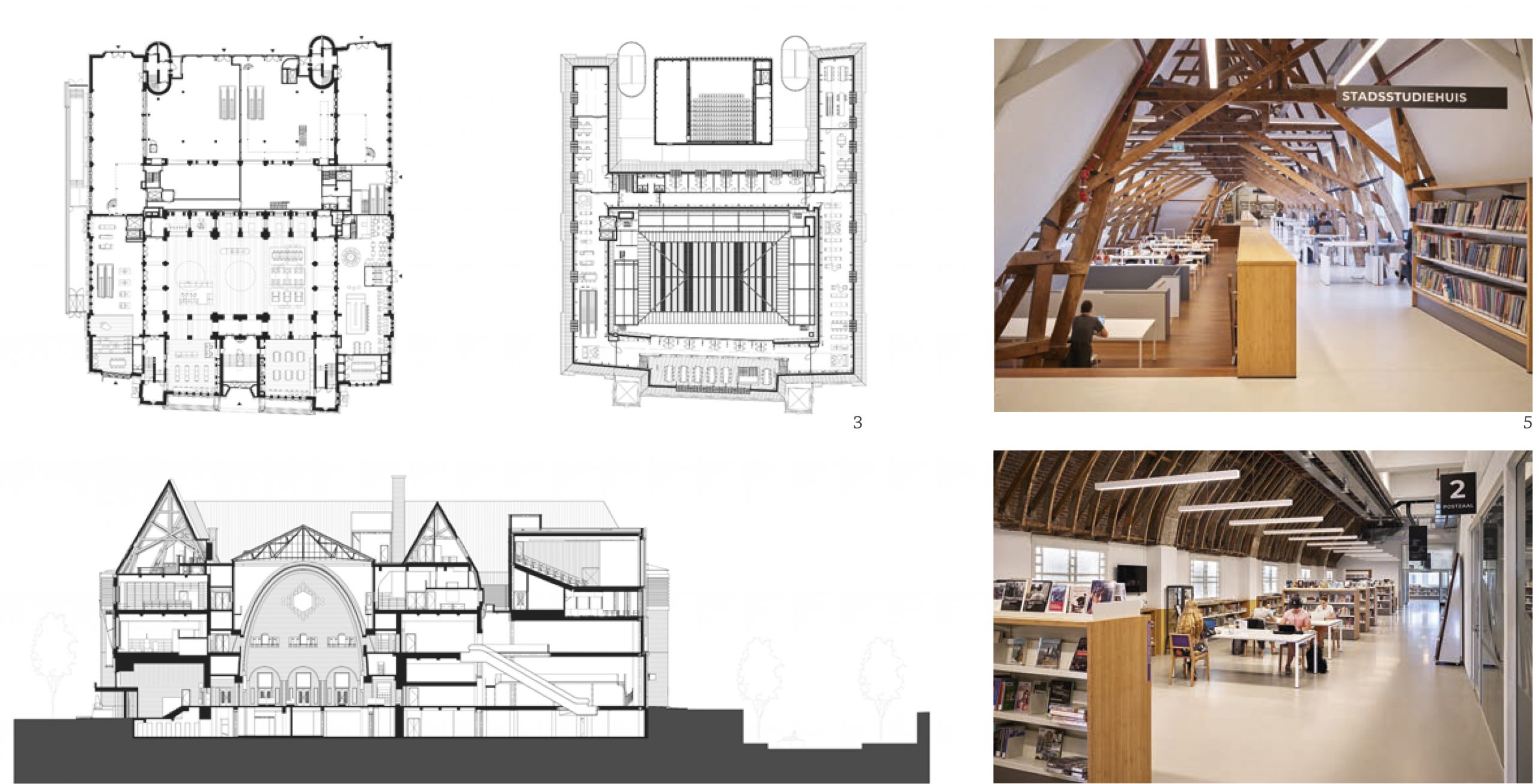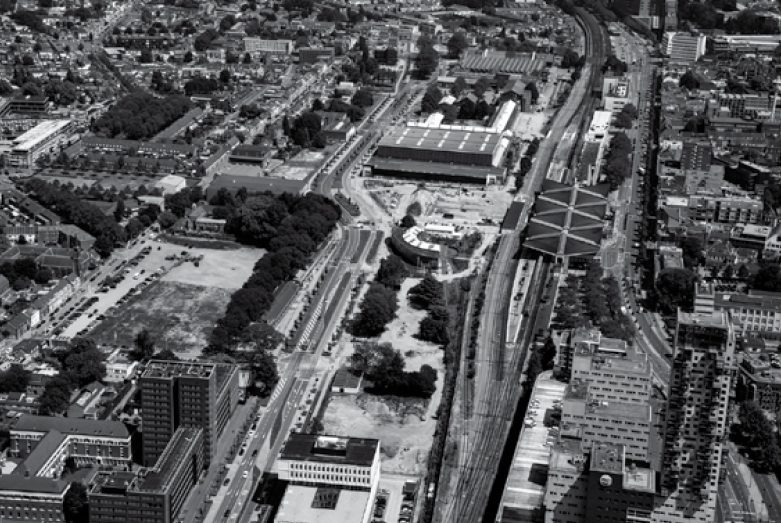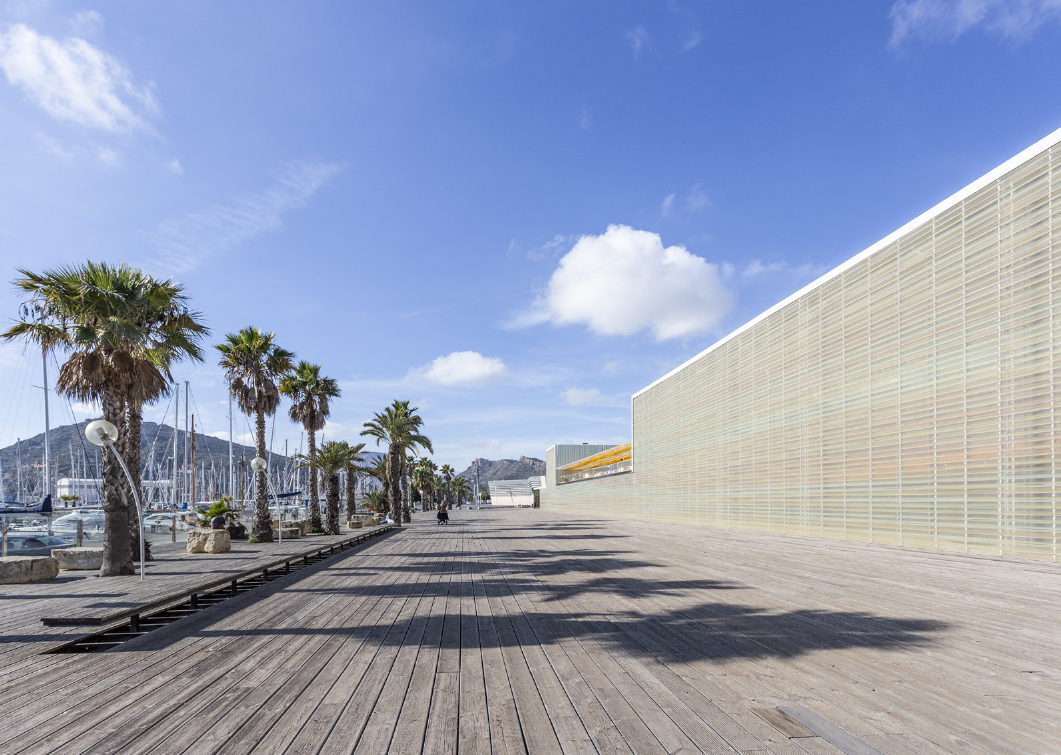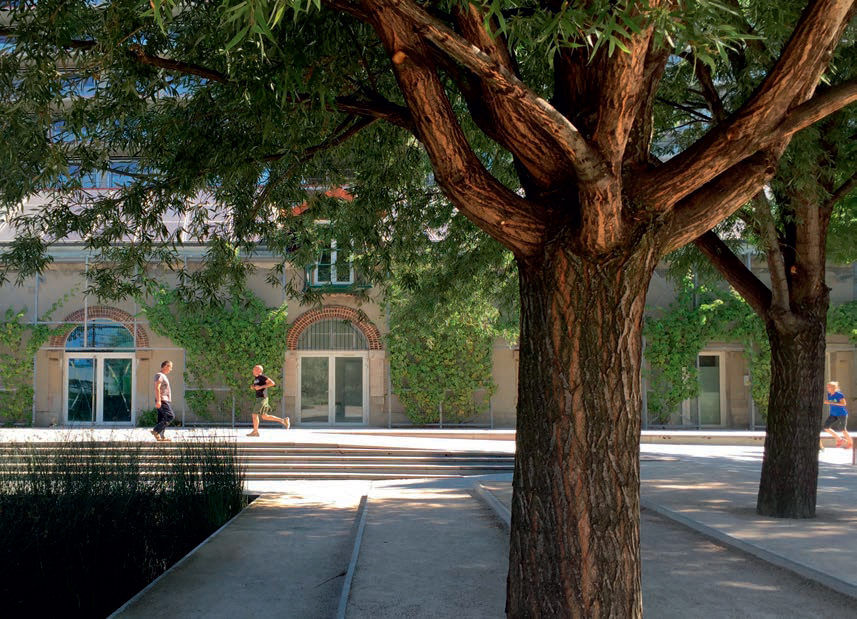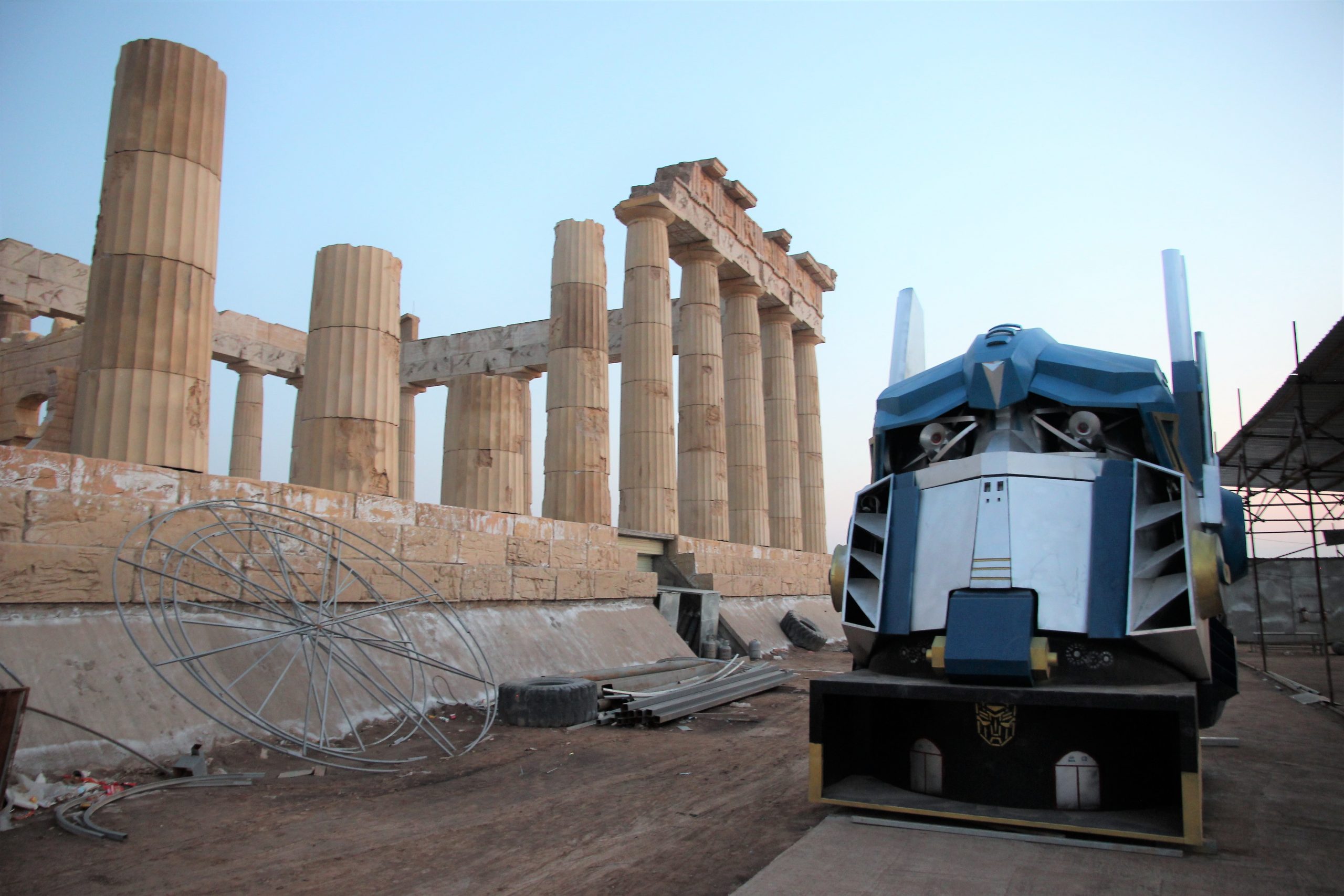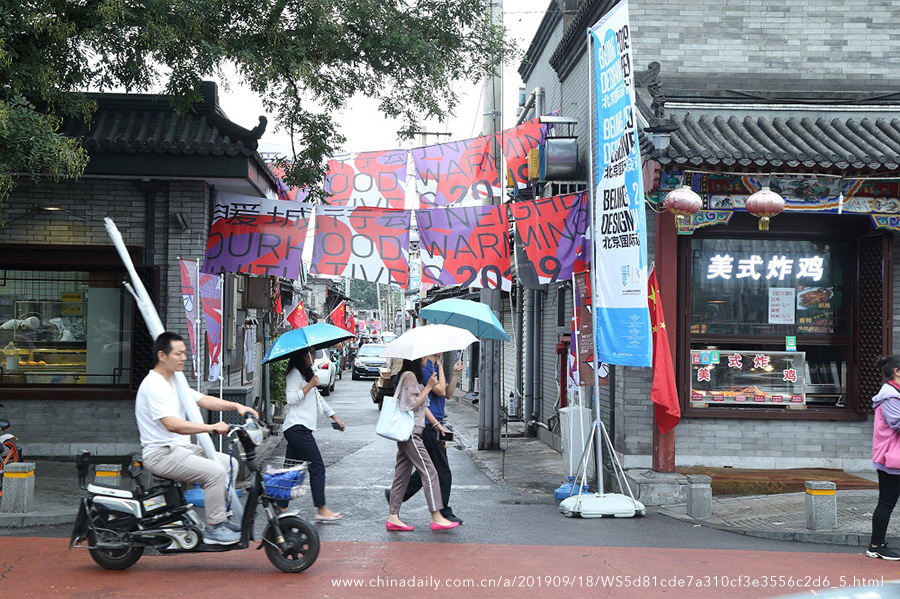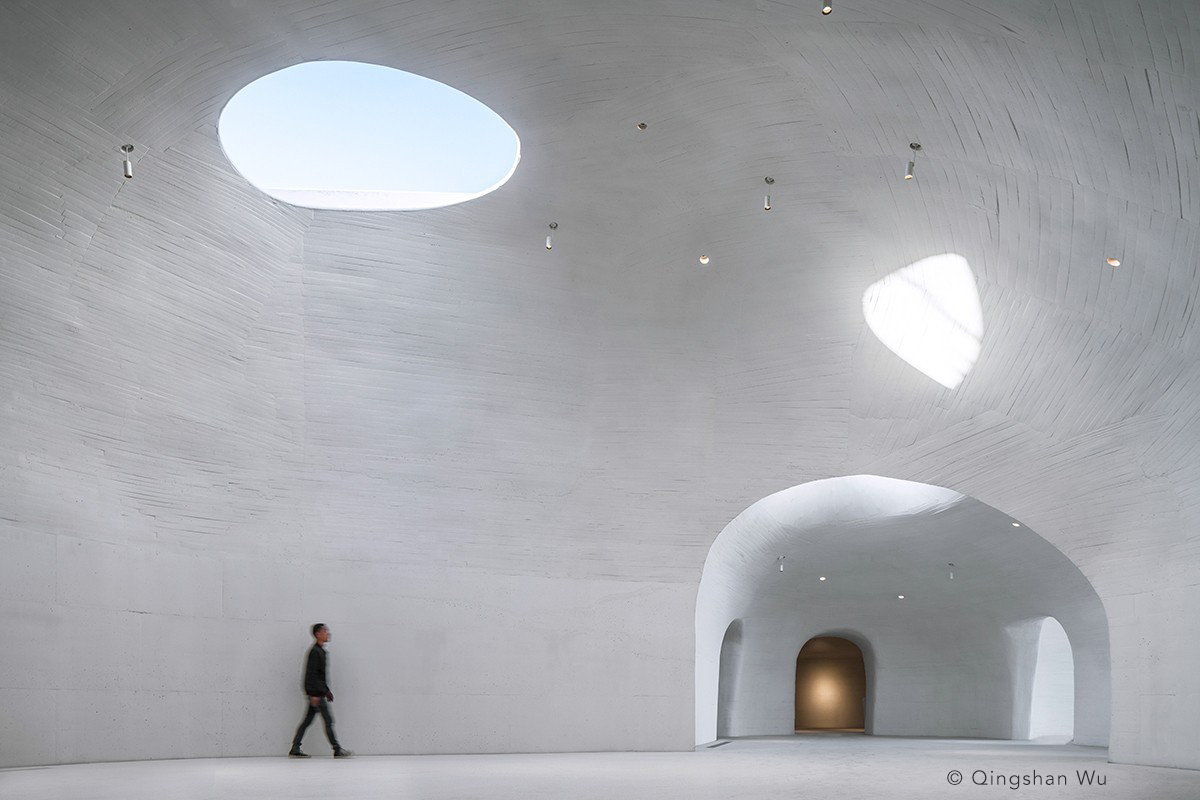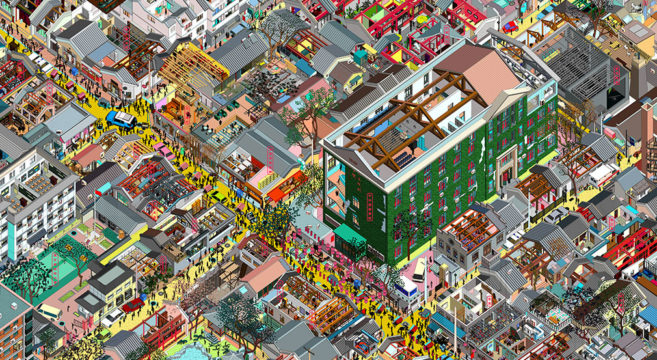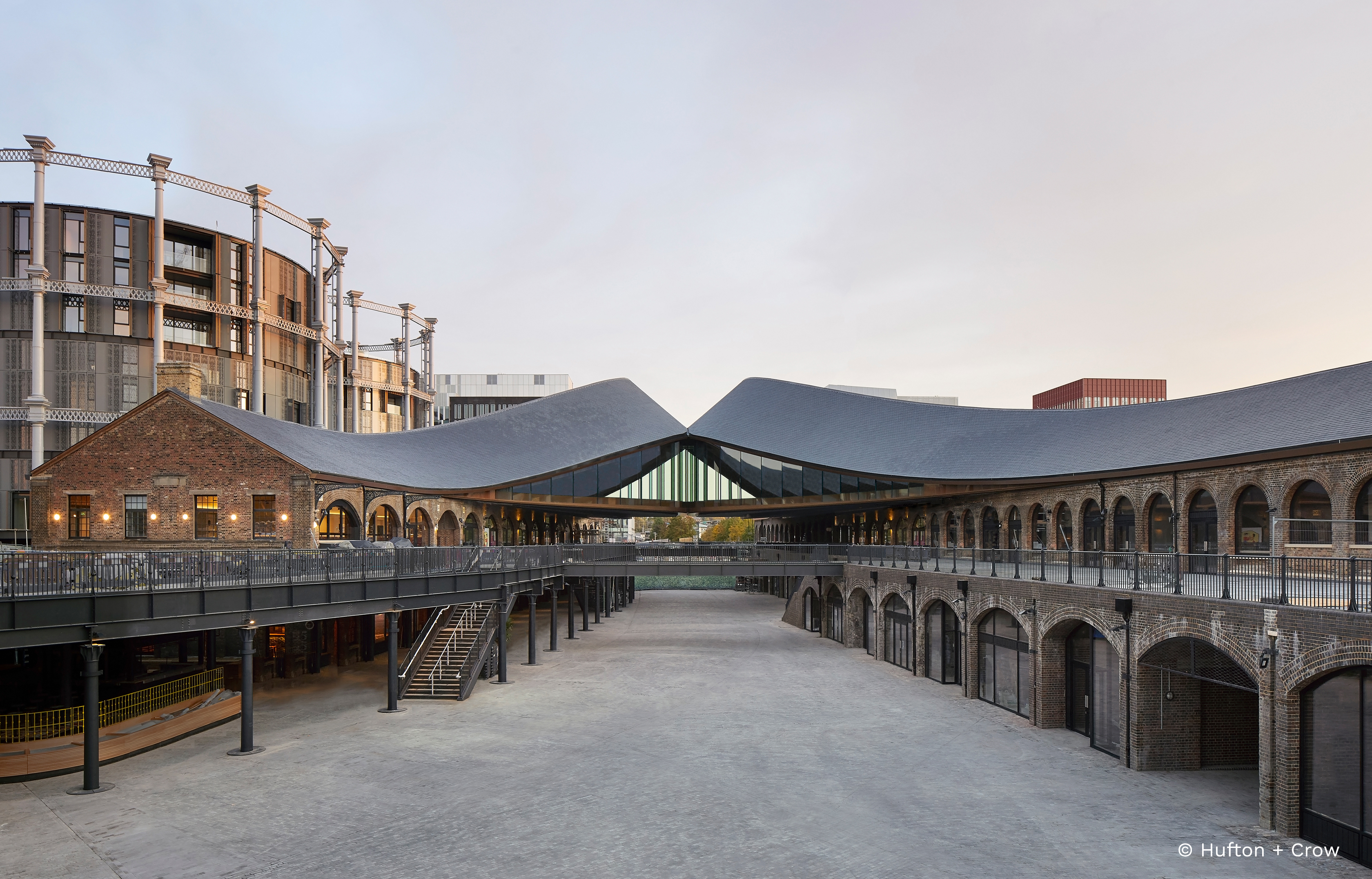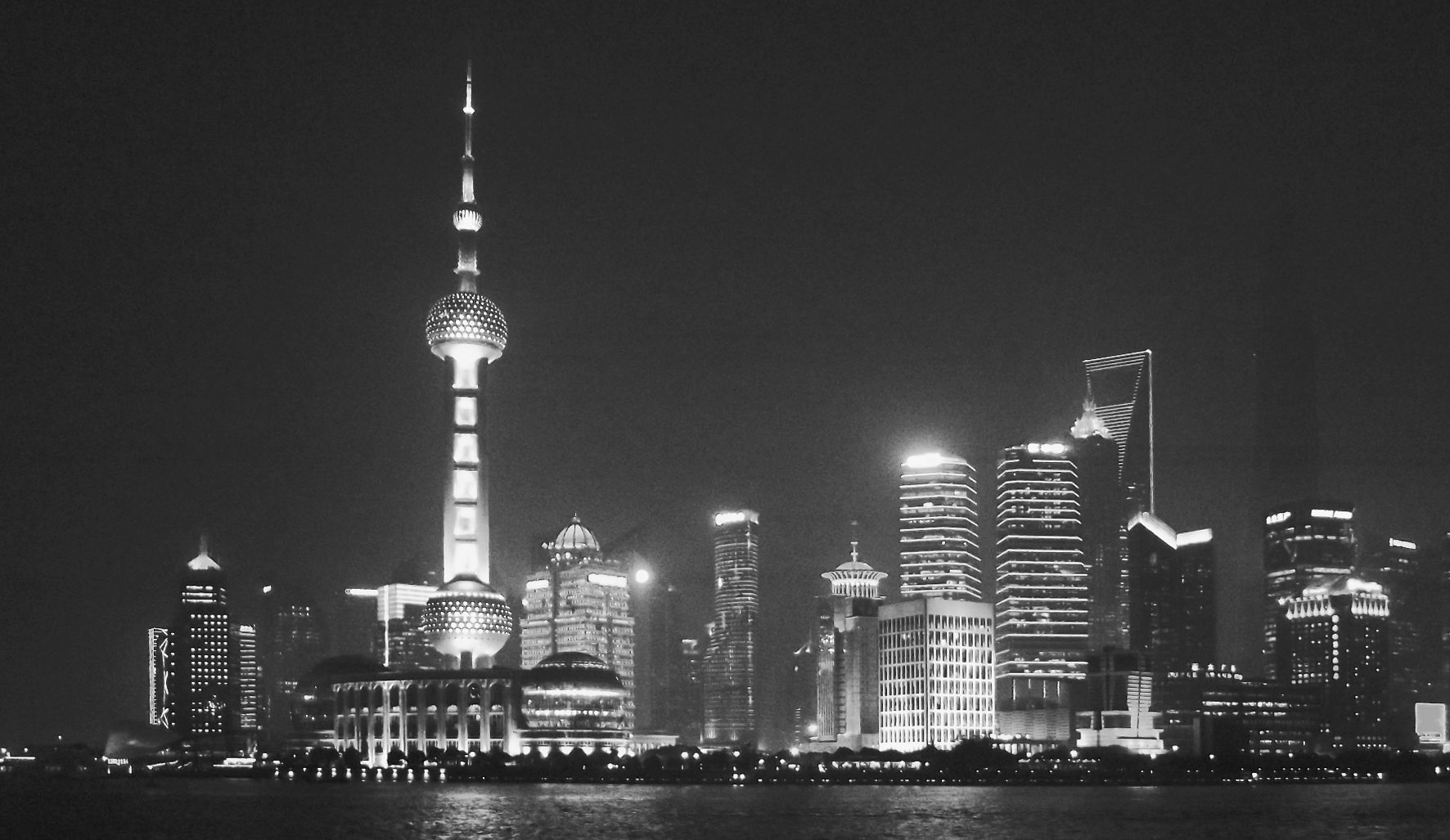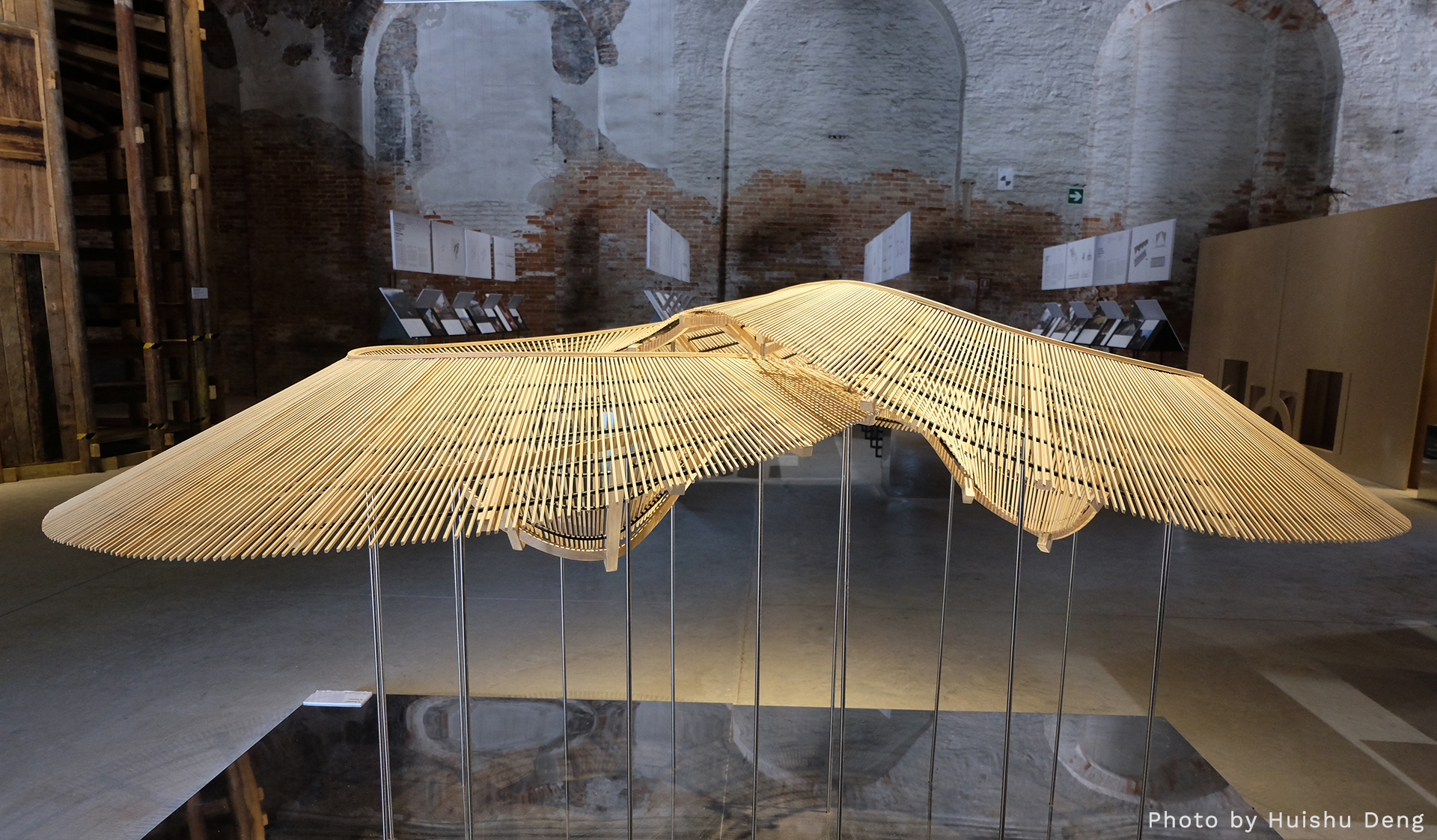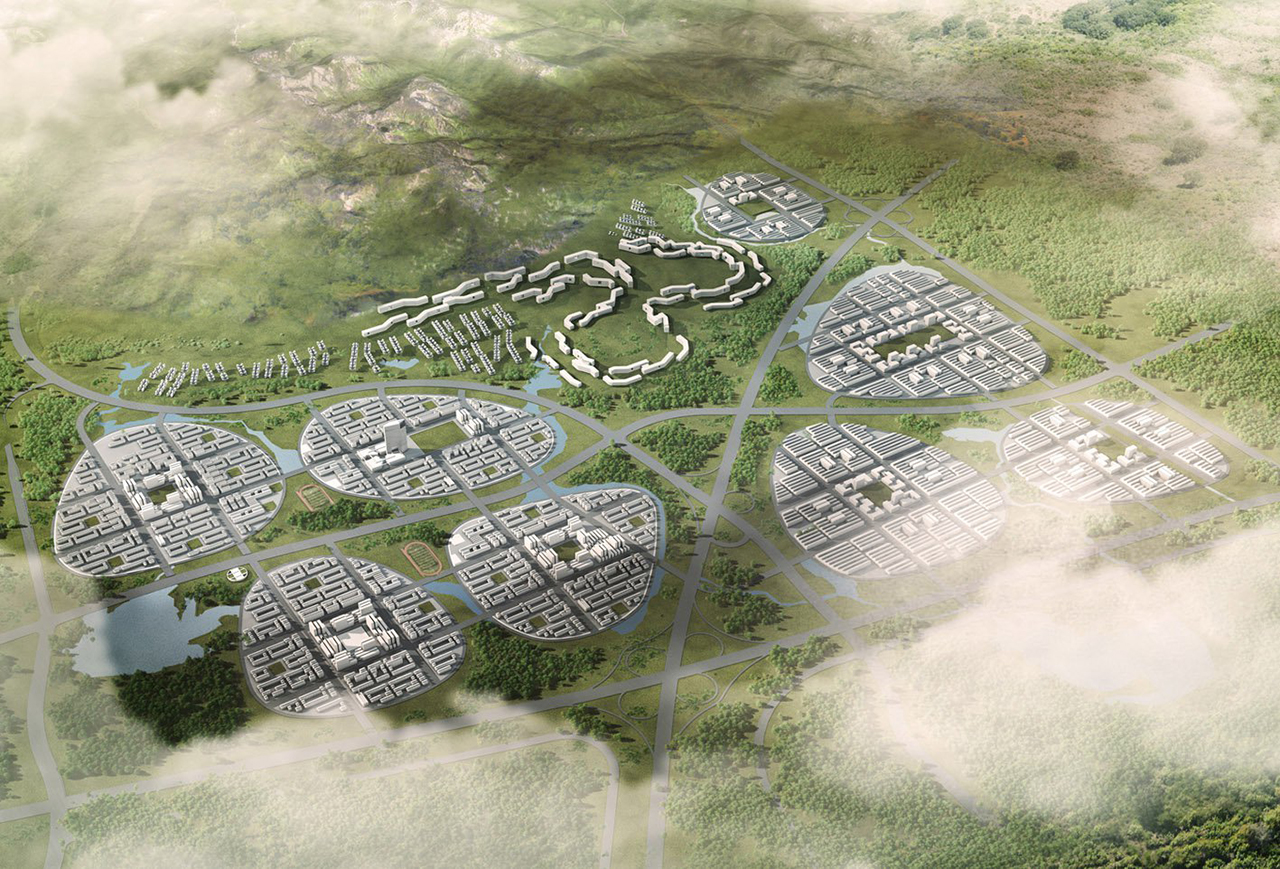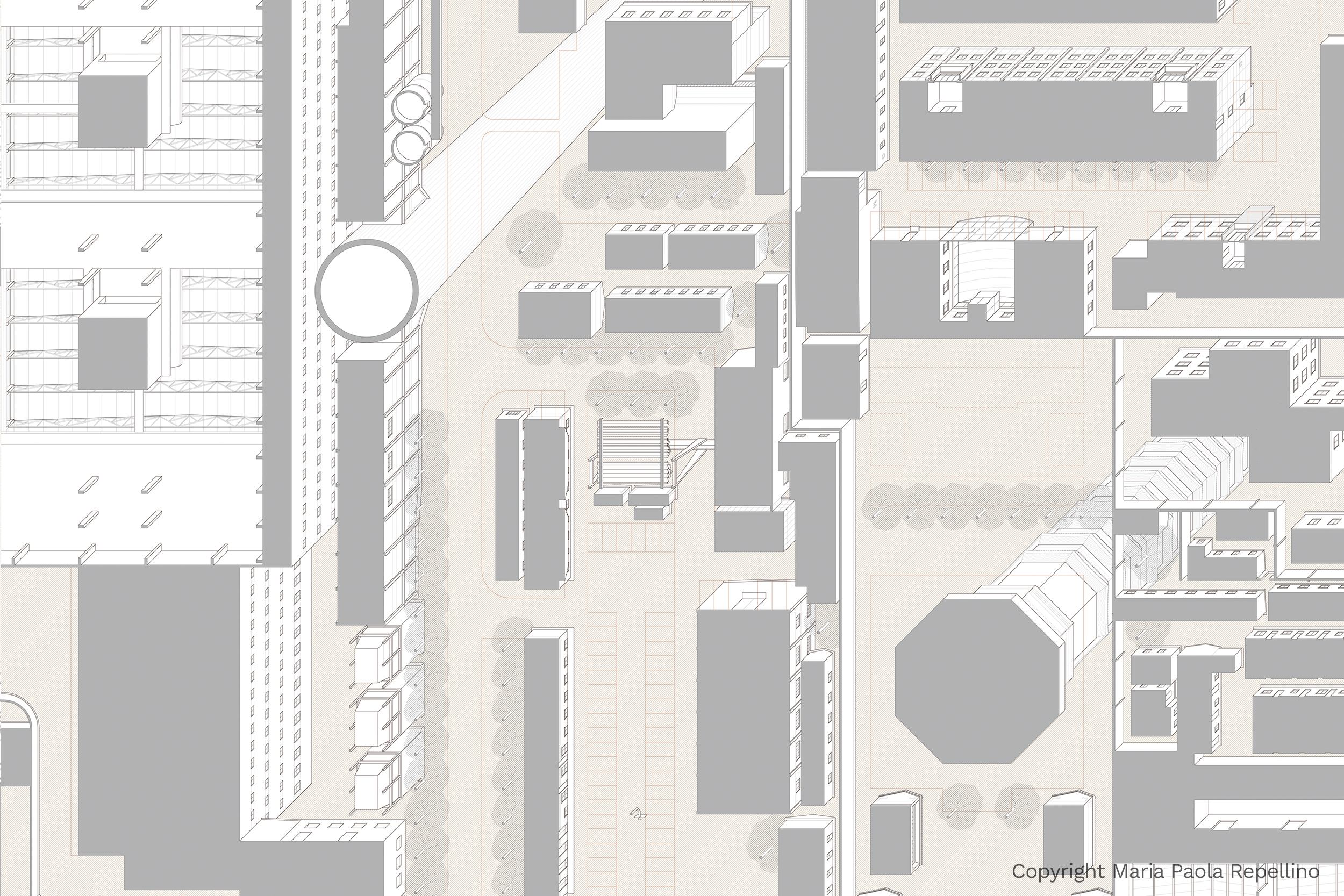Eyes of the City

Politecnico di Torino and South China University of Technology will play the role of Academic Curator for the 2019 edition of the Bi-City Shenzhen Biennale of Urbanism and Architecture together with Chief Curator Carlo Ratti, founding partner of the design practice CRA-Carlo Ratti Associati and director of the Senseable City Lab at MIT.
The team, in cooperation with Politecnico di Milano responsible for the activities of the GBA Academy, leads the winning proposal for “Eyes of the City”, one of the two sections of the Biennale, which refers to the general topic “Urban Interaction”.
more+
EYES OF THE CITY CURATORIAL STATEMENT
By Carlo Ratti, Michele Bonino, Sun Yimin
Observing people’s presence in physical space and deciphering their movements and flows have always been critical actions to designers, planners and anyone else who has an interest in exploring how cities work. It was in 1961 that Jane Jacobs, in her seminal book “The Death and Life of Great American Cities”, coined a famous expression to encapsulate a characteristically relational aspect of this observational activity. According to Jacobs, “the natural proprietors” of a certain part of the metropolis – these may be the people who live or work or just spend a substantial amount of time there – become the “eyes on the street.” Their collective, distributed, decentralized gaze becomes the prerequisite to establishing “a marvelous order for maintaining the safety of the streets and the freedom of the city.”
Almost half a century later, we find ourselves at the inception of a new chapter in the relationship between the city and digital technologies, which calls for a reexamination of the old idea of the “eyes on the street.” In the next few years, thanks to the most recent advances in Artificial Intelligence, deep learning and imaging, we are about to reach an unprecedented scenario, the most radical development in the evolution of the Internet-of-Things: architectural space is acquiring the full ability to “see.” Imagine that any room, street or shop in our city can recognize you, and autonomously respond to your presence. With the “eyes on the street,” it was people who looked at other people or the city and interpreted its mechanisms. In this new scenario, it will not be just people but also buildings and streets themselves that acquire the ability to observe and react as urban life unfolds in front of them. After the “eyes on the street,” we are now entering the era of the “Eyes of the City.”
In her original conceptualization, Jacobs used the “eyes of the street” as a tool to dissect a series of key spatial concepts – from the distinction between private and public space, to the limits of urban anonymity, to how borders are expressed and constructed, to the value of safety and the sense of belonging. Tomorrow’s “Eyes of the City,” fueled by historical breakthroughs in AI, from facial recognition to natural language processing, compels us to challenge all of these concepts, while also addressing novel issues – factors like the ethics of technological agency, the meaning of urban observation and design by proxy, the power of data ownership, and the ways in which technology can be re-appropriated by individuals and communities.
What can the consequences of the “Eyes of the City” scenario be on the built environment and on the way people live it? The “Eyes of the City” exhibition at UABB will ask exhibitors to tackle these themes, while focusing on two parallel relationships: the one between space and users and the one between space and design practices, as the latter change under the pressure of technological advancement.
EXTERNAL RESOURSES
FOUNDATIONAL CONTRIBUTORS
Following the principle of the Open Curatorship within Eyes of the City conceptual framework we asked international renowned figures to debate around the topics raised by the next UABB edition.
These “Foundational Contributors” are accompanying with their ideas the curatorial process towards the Opening Ceremony of the December 2019 and published on Archdaily.com in the role of media partner of the operation.
Here is the current list of the contributions:
We Are Looking Back!
Hung-Ho Chang
23 April, 2019
From the “Eyes on the Street” to the “Eyes of the City”
Antoine Picon
2 May, 2019
The Extraction Infrastructure Web
J. Meejin Yoon
9 May, 2019
Is the Internet Bringing Us to the Middle Ages?
Deyan Sudjic
16 May, 2019
Seoul City Machine
Liam Young
23 May, 2019
The Monarch Sanctuary
Liam Young
27 May, 2019
Why Robotic Construction?
Philip F. Yuan
30 May, 2019


